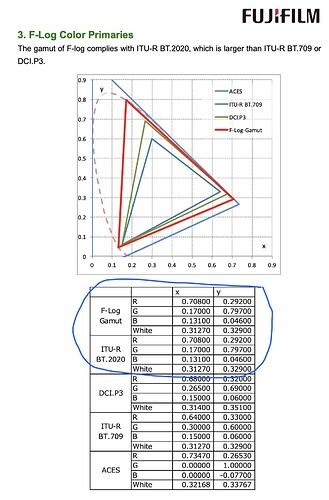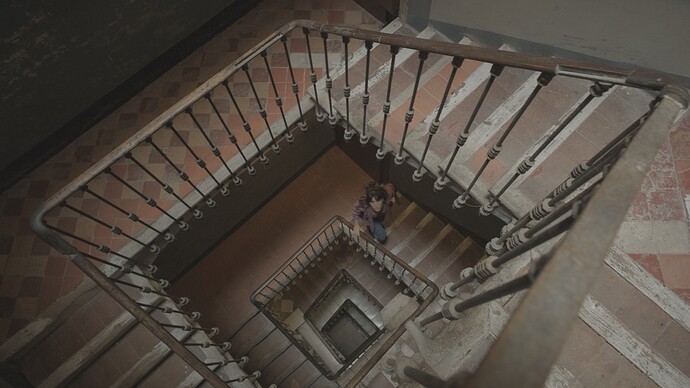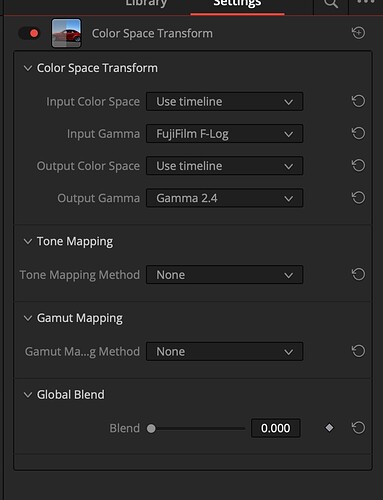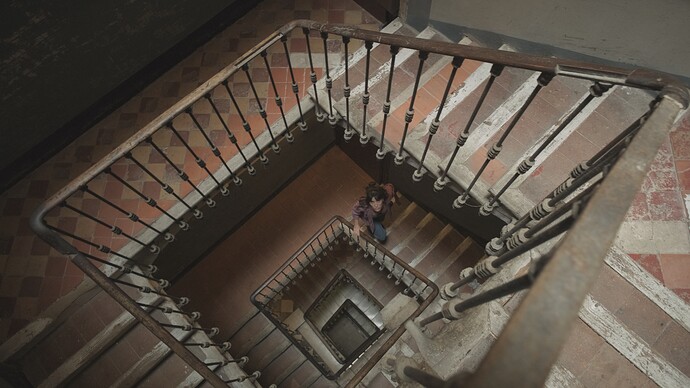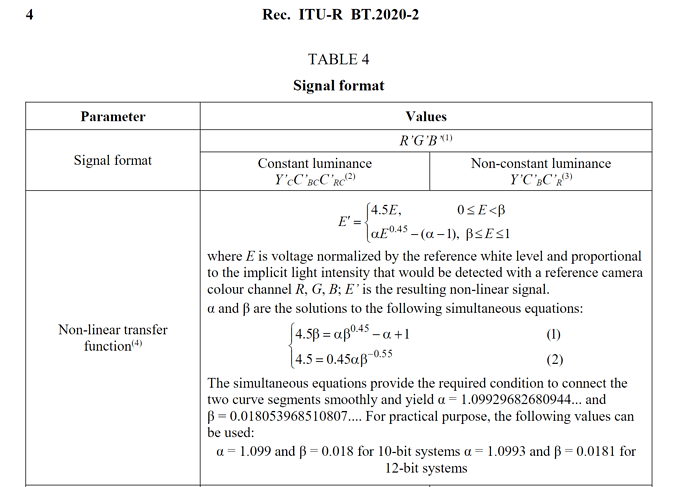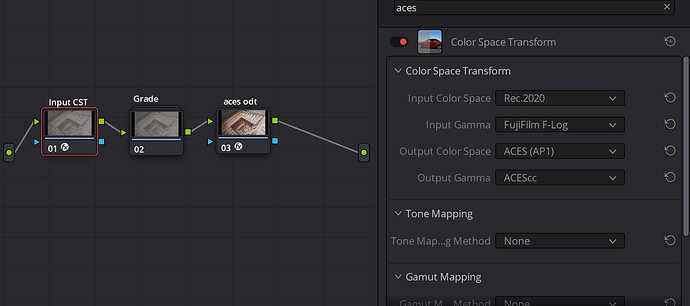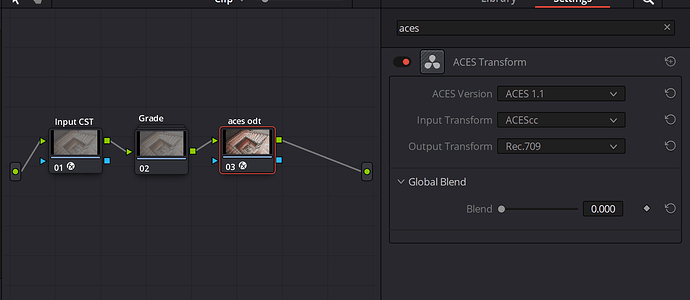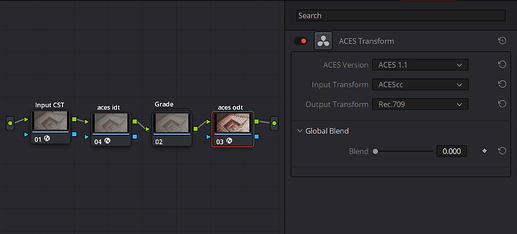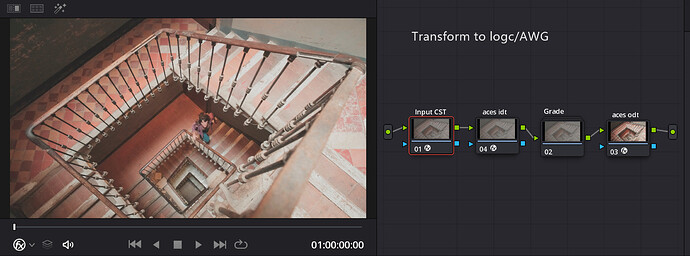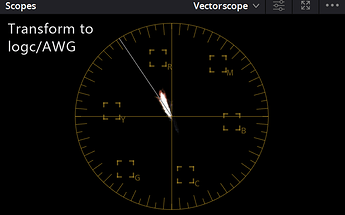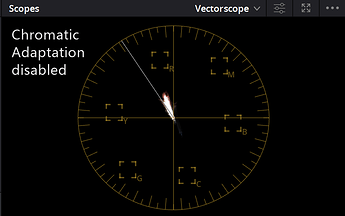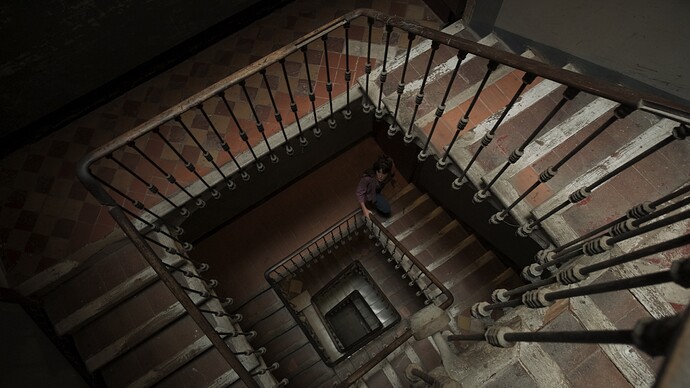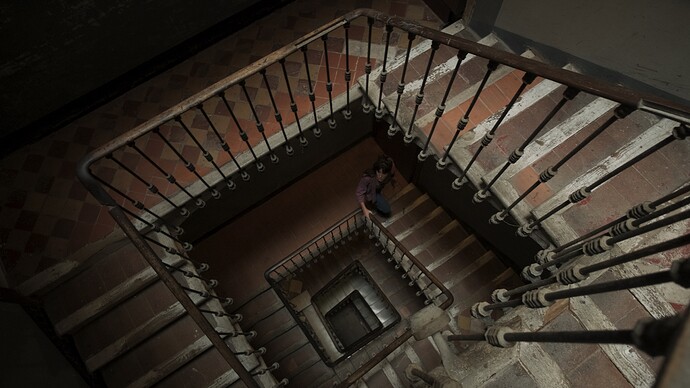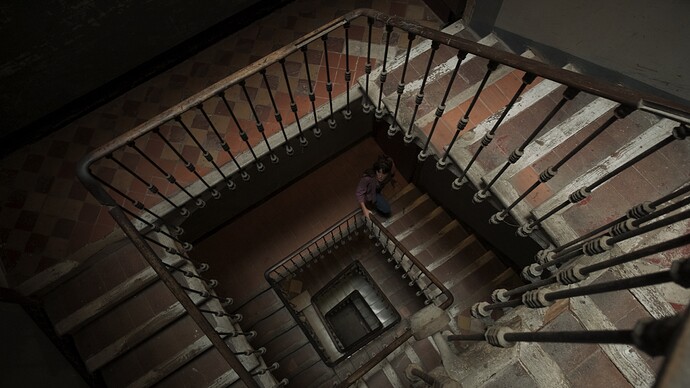Hey there, I’m Sergio Miranda, beginner DIT and experienced digital stills photographer.
I’m quite new to ACES and just finished a training where I learnt that with Resolve we can select given IDTs and respective ODTs to set up our workflow.
I wanted to try it with footage of my Fuji XT3 camera, F-log, but is not listed on the options by resolve (I guess fuji didn’t provide a standard one as of yet, or did they?).
I’ve got the white paper of Fuji and it gives some information that helped me reach a workaround, but I’m not sure that what I’m doing is correct and maybe someone here can help me:
The white paper says that Fuji’s primaries match those of the ITU-R BT.2020 spec. With this, I understand that Fuji’s Gamut and Rec.2020 gamut are the same, am I right?
But then there’s the gamma, which is coded in F-log by fuji and I need to decode to make all the information available to ACES.
Resolve does include information for Fujifilm F-log gamma curve in some places (like in OFX Color Space Transform).
So, this is what I’m doing and I want to know if has some logic:
- I start setting the project like this:
With my clips imported, I change data levels to Full for all clips and this is what I see first:
Then, I change the Aces Input Transform by right clicking on the clip thumbnail, to Rec.2020. (*)(**)
And this is the visual result:
Lastly, with the ColorSpaceTransform OFX I change the Gamma curve:
This is the visual result of the process:
It looks quite pleasing to me and resembles a lot what I’ve shot, both visually but also with the scopes.
But I’m a beginner with this and I understand I could be missing some parts, for example:
1.- When choosing rec.2020 for Input device (both at project settings level or each clip individually) am I just changing the gamut and no change to gamma is happening?
2.- When transforming the gamma with OFX plugin, and assuming the supplied Fujifilm F-Log is provided by the manufacturer, the de-codification should be correct, right?
3.- When transforming with the OFX Plugin, should I also add there the information of Input color space and Output color space?
4.- (*) I have other options for Rec.2020 to choose from (and I’m not familiar with the ST2084 with extra nit ones, although I believe they relate to HDR workflows), so I don’t know if any of the others would be more suitable?
I hope it wasn’t too much information, thanks to all for your time and for this community.
Sergio Miranda
Photographer and DIT from Barcelona
